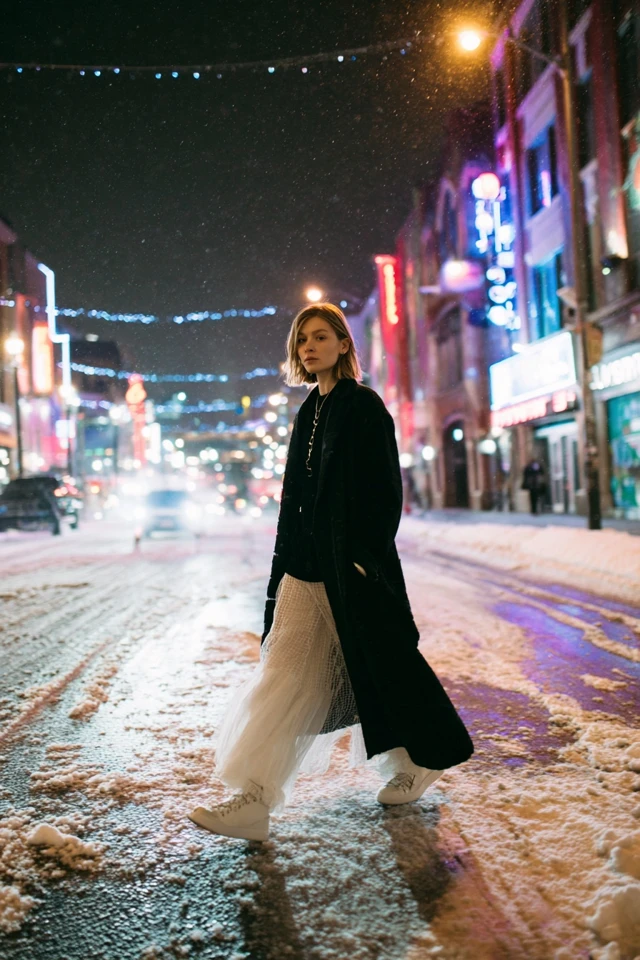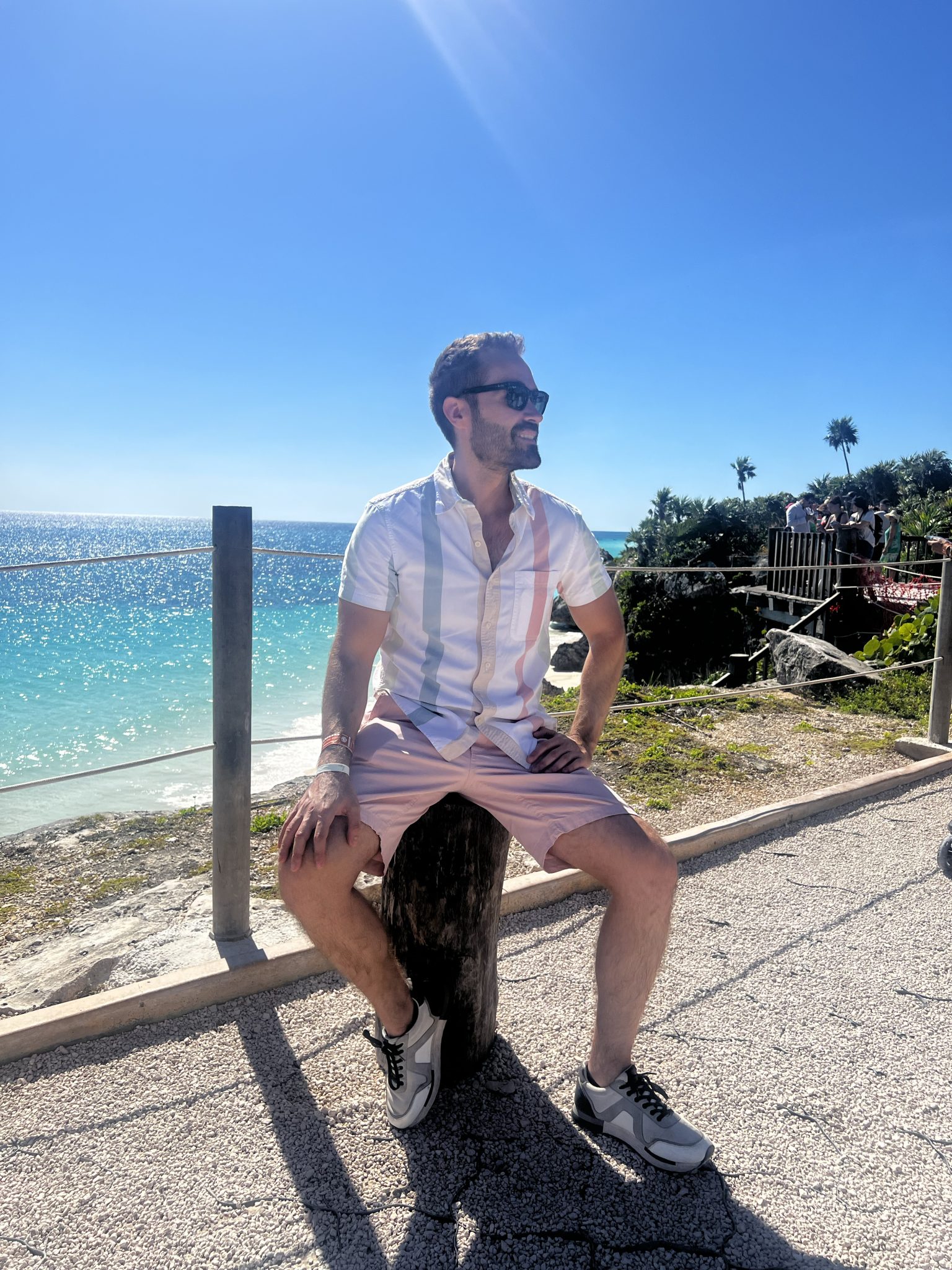Introduction
Stepping out on a crisp winter morning always carries a certain quiet thrill for me. I remember one particularly cold day when I chose a simple, monochrome wool coat paired with a soft cashmere turtleneck and tailored trousers. The immediate comfort of the layers was rivaled only by the feeling of effortless confidence it imparted—as if my outfit were a trusted armor against both the weather and the day’s uncertainties. This moment perfectly embodies why mastering minimalist winter style matters: it’s about striking a balance between comfort, function, and intentional simplicity that truly speaks to one’s identity.
Winter fashion often conjures images of bulky layers, complicated fits, and overwhelming choices. Yet, a minimalist winter edit challenges that overwhelmed mindset. It invites us to curate a thoughtful collection of wardrobe essentials that not only streamline daily decisions but also elevate our presence with a subtle but powerful impact. With a background in fashion design and color psychology, I’ve witnessed firsthand how a pared-down style framework can transform more than just a look—it influences how we feel and how others perceive us.
About the Author and My Trend Boutique
In this post, we will explore how minimalist principles apply to winter dressing—delving deep into style, fit, color psychology, and trend awareness—all woven together with practical advice for creating a versatile and timeless winter capsule. Whether you’re looking to simplify your wardrobe or refine your style with emotionally intelligent choices, this guide is designed to inspire confidence, clarity, and creativity in your winter wear.
Foundational Concepts
Understanding minimalist winter style begins with several core ideas that shape how we select, wear, and feel about our clothes. First, color psychology plays a crucial role. This field studies how colors influence mood, behavior, and perception. For example, winter’s natural color palette tends toward deeper, muted tones like navy, charcoal, and burgundy—colors that evoke warmth and sophistication without overstimulation. Integrating these hues thoughtfully can create a calming, cohesive aesthetic that enhances emotional well-being.
Next, consider trend forecasting. While “trends” may seem fleeting or contradictory to minimalism, they actually offer an opportunity to refresh your wardrobe strategically. Trend forecasters analyze consumer behavior, cultural shifts, and runway shows to predict what colors, fabrics, and silhouettes will resonate in upcoming seasons. By selectively incorporating key trending elements—such as tactile textures or slight adjustments to traditional cuts—you can keep your winter style relevant without excess.
Finally, the concept of dressing to impress extends beyond superficial judgments. It’s a conscious process where fashion meets self-expression and social dynamics. Research from psychology shows that first impressions form within seconds, often influenced by attire. Wearing minimalist, well-fitted clothing that aligns with your personal brand signals professionalism, attention to detail, and self-respect. This intentional approach cultivates confidence and opens doors across professional and social contexts.
Picture Gallery
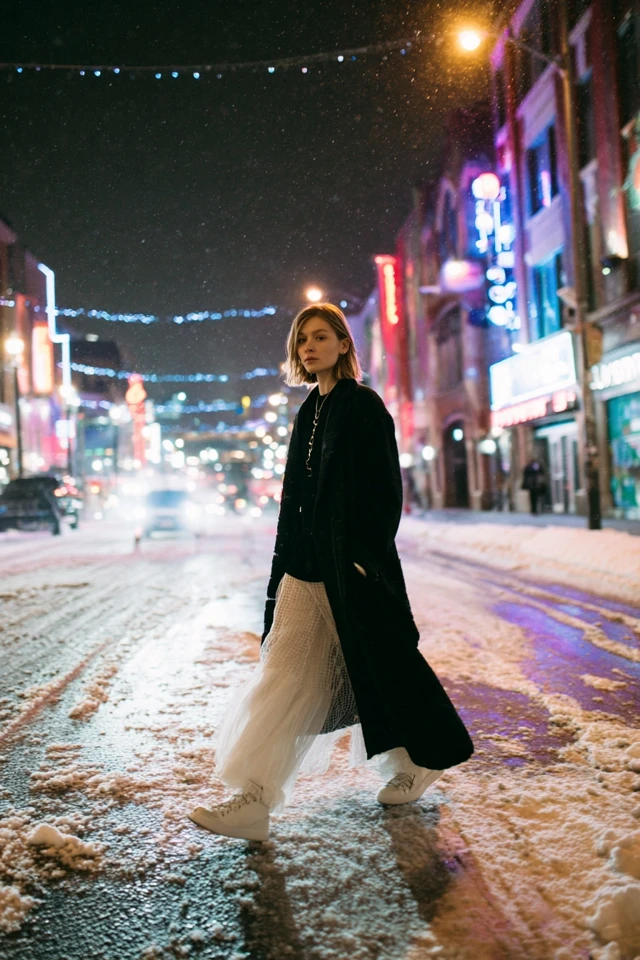
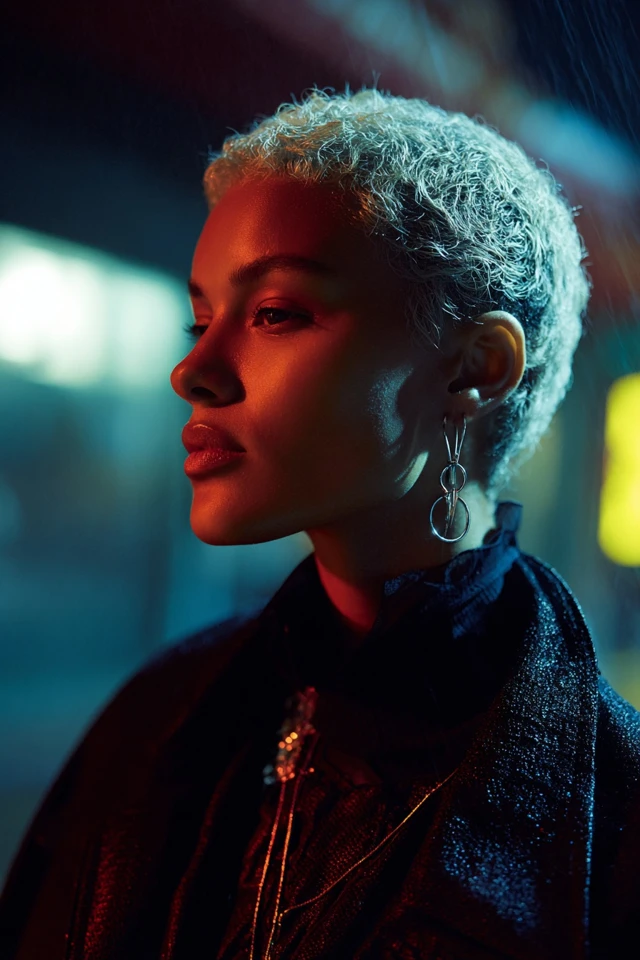
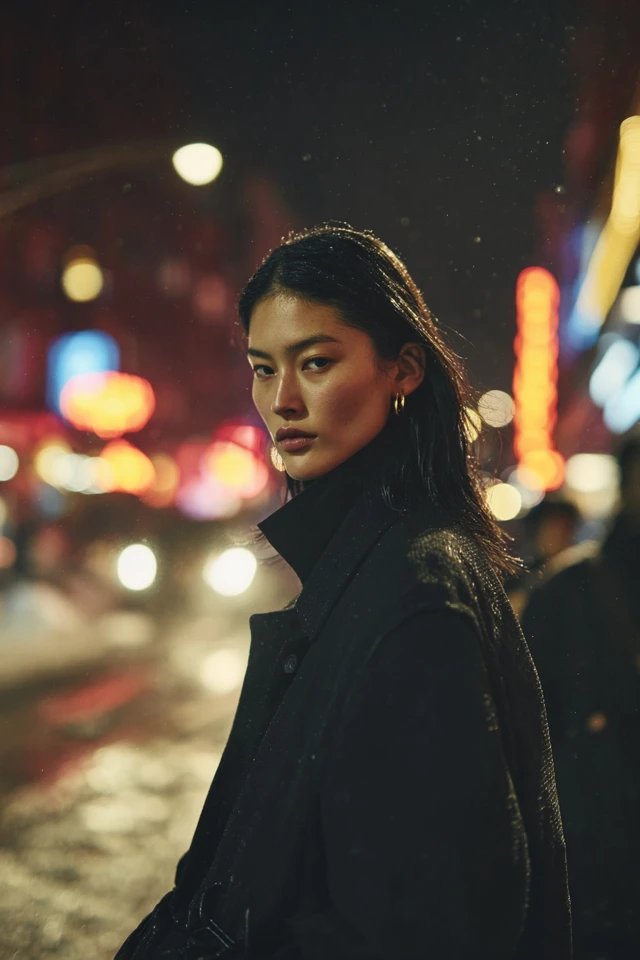
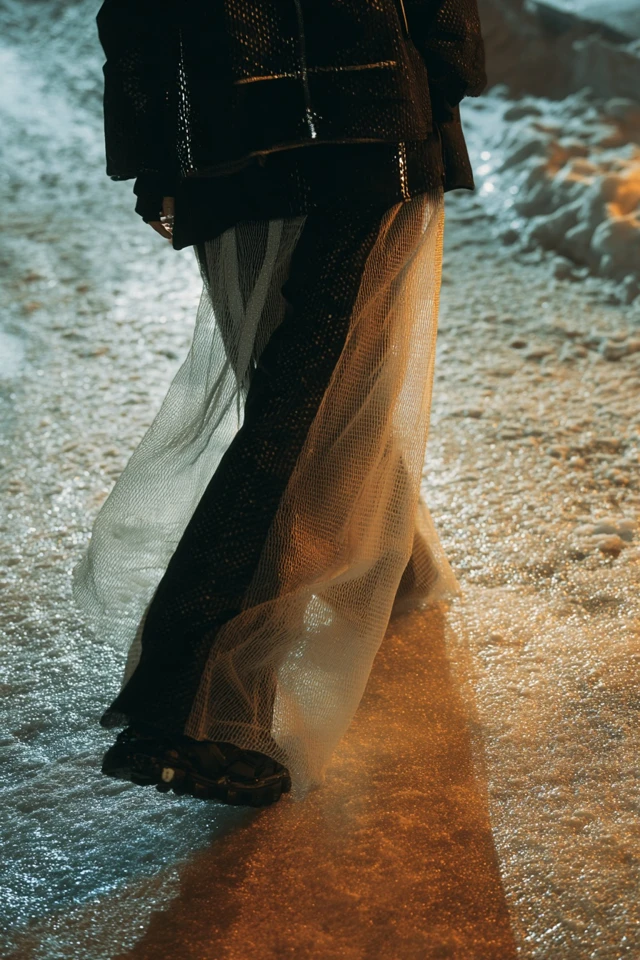
Color Psychology & Emotional Impact
Color is far more than a visual stimulus—it activates regions of our brain linked to emotion and memory. In winter, choosing the right palette can profoundly impact mood during shorter, colder days. For instance, deep blues and grays are associated with calmness and reliability, perfect for creating an environment of mental clarity and focus. Warmer neutrals such as camel or taupe foster feelings of comfort and approachability, crucial for social engagements and work meetings.
The science behind first impressions emphasizes the role of color in perception. Studies reveal that blue tones enhance trustworthiness, while red can stimulate energy and assertiveness—though its use in winter should be balanced to avoid overpowering the ensemble. Wearing colors that resonate with your personality and seasonal context not only boosts self-confidence but also influences how others interpret your emotional state, intentions, and professionalism.
For a minimalist winter wardrobe, opt for a foundation of neutral hues with strategic pops of color inspired by nature—like forest green or muted wine. These selections support versatility and sophistication while allowing subtle emotional expression. Additionally, layering different textures in these shades can deepen the outfit’s impact, blending tactile comfort with visual interest.
Personal Style & Body Type Considerations
Minimalist winter style is highly personalized, incorporating your body shape, complexion, and lifestyle. Fit matters profoundly—a well-proportioned silhouette enhances natural lines rather than masking them. For example:
- Hourglass bodies shine in fitted wool coats cinched at the waist, which highlight balanced proportions.
- Apple-shaped figures benefit from A-line outerwear and structured shoulders that create definition and elongate the torso.
- Pear-shaped bodies can emphasize their upper body by layering with lighter shades or subtle patterns and darker bottoms.
- Rectangular silhouettes gain interest through layering and adding volume strategically, such as a chunky knit paired with slim trousers.
Fabrics also influence both silhouette and feel. Natural fibers like cashmere, merino wool, and organic cotton offer breathability and softness—key to comfort and longevity in winter attire. Avoid overly synthetic materials that may disrupt comfort and detract from the minimalist ethos of sustainable, quality pieces.
Consider the following style quiz to fine-tune your winter edits:
- Do you prefer fitted or relaxed clothing for daily wear?
- Which colors make you feel most energized: cool neutrals, warm tones, or vibrant hues?
- How important is layering warmth versus ease of movement?
- Which winter fabrics do you find most comfortable against your skin?
- Do you tend to dress more formally, casually, or somewhere in between?
Answering these questions honestly helps build a capsule wardrobe that suits both your body and your lifestyle, supporting effortless winter dressing.
Current Trends & Timeless Classics
Minimalist style does not reject trends outright; rather, it embraces them selectively. Currently, we see a notable inclination toward sustainability and tactile textures—think boucle, ribbed knits, and brushed wool. These trends mesh well with minimalism by enhancing visual and sensory interest without volume or distraction.
In terms of color trends, muted jewel tones such as moss green, sapphire, and rust have gained momentum. These shades complement classic neutrals superbly, allowing you to inject personality without overwhelming the minimalist foundation.
Timeless classics like a tailored camel coat, black leather boots, and slim-cut trousers remain indispensable. These pieces form a reliable core that withstands seasonal whims and serve as anchors around which you can layer trend-driven accessories and garments.
Combining the two might look like pairing a sharply tailored black coat with a cozy, on-trend velvet scarf in plum or incorporating a minimalist turtleneck under a boucle blazer. This approach maintains your winter wardrobe’s integrity while keeping it fresh and engaging.
Practical Tips & Recommendations
Creating a minimalist winter wardrobe requires intention and care. Here are actionable steps to optimize your style and fit:
- Invest in quality essentials. Prioritize versatile pieces made from durable, natural fibers. Quality over quantity ensures longevity and comfort.
- Focus on fit. Tailoring garments to your body improves appearance and confidence. Even small adjustments like sleeve length or waist tapering can make a big difference.
- Layer smartly. Use thin, insulating base layers such as silk or merino wool thermal tops to maintain warmth without bulk.
- Choose neutral foundations. Build your wardrobe around a palette of black, navy, camel, gray, and white—easily mixed and matched.
- Incorporate texture. Use knits, suede, or brushed fabrics to add depth—captivating the eye without overwhelming simplicity.
- Accessorize minimally but with intention. A leather belt, streamlined gloves, or a wool fedora can complete looks elegantly.
- Maintain your wardrobe. Proper cleaning, storing knits folded to prevent stretching, and protecting leathers preserves longevity, supporting a sustainable approach.
- Experiment color combinations. Try pairing muted forest green with charcoal, or blush pink with camel for subtle yet stylish contrasts. Visual aids such as color swatch charts can be helpful to plan this.
By following these guidelines, you will cultivate a winter closet that feels cohesive, elevated, and mindful of both aesthetic and emotional needs.
FAQs
- How can I identify my signature color for winter fashion?
- Start by considering the colors that consistently make you feel confident and receive compliments. Cross-reference these with your skin undertones—cool, warm, or neutral—using online guides or a professional color analysis. Experiment with small accessories first before fully committing to larger garments.
- Is it possible to update my winter wardrobe on a budget?
- Absolutely. Focus on acquiring a few high-quality basics that can be styled in multiple ways and supplement with carefully chosen affordable trend pieces. Shopping off-season sales, secondhand, or reputable sustainable brands can also stretch your budget efficiently.
- How do I create a minimalist winter capsule wardrobe?
- Begin by identifying key categories: outerwear, knitwear, bottoms, shoes, and accessories. Choose versatile, neutral items with classic cuts and natural fabrics. Limit the color palette and invest in pieces that interchange seamlessly. Gradually add seasonal and trendy accents to keep it fresh.
- Can minimalist style work for all professional environments?
- Yes. Minimalism emphasizes quality and fit, which naturally align with professionalism. Adjust garment cuts and layering to suit your workplace—e.g., structured coats and tailored trousers for formal settings or streamlined knits and boots for creative or casual offices.
- What accessories enhance minimalist winter styling without clutter?
- Think simple, functional, and elegant: a classic leather handbag, a sleek watch, subtle stud earrings, or a neutral cashmere scarf. These items complement your outfit while supporting the minimalist philosophy of understated sophistication.
Conclusion
Minimalist winter style is an empowering blend of practical wisdom and thoughtful elegance. By embracing foundational concepts in color psychology, trend forecasting, and personalized fit, you can create a wardrobe that not only protects you from the cold but also uplifts your confidence and presence. Remember, simplicity does not mean dullness—layering textures, hues, and carefully selected accessories opens endless opportunities for self-expression within a minimalist framework.
I encourage you to experiment boldly within this approach, testing new colors, silhouettes, and combinations that resonate with your authentic self. Your style is a powerful narrative—one that tells the world who you are before you even speak.
Please feel free to share your thoughts, experiences, or questions in the comments below. If you found this guide helpful, consider subscribing to stay updated on future insights about fashion, style, and the fascinating interplay of clothes and confidence.

